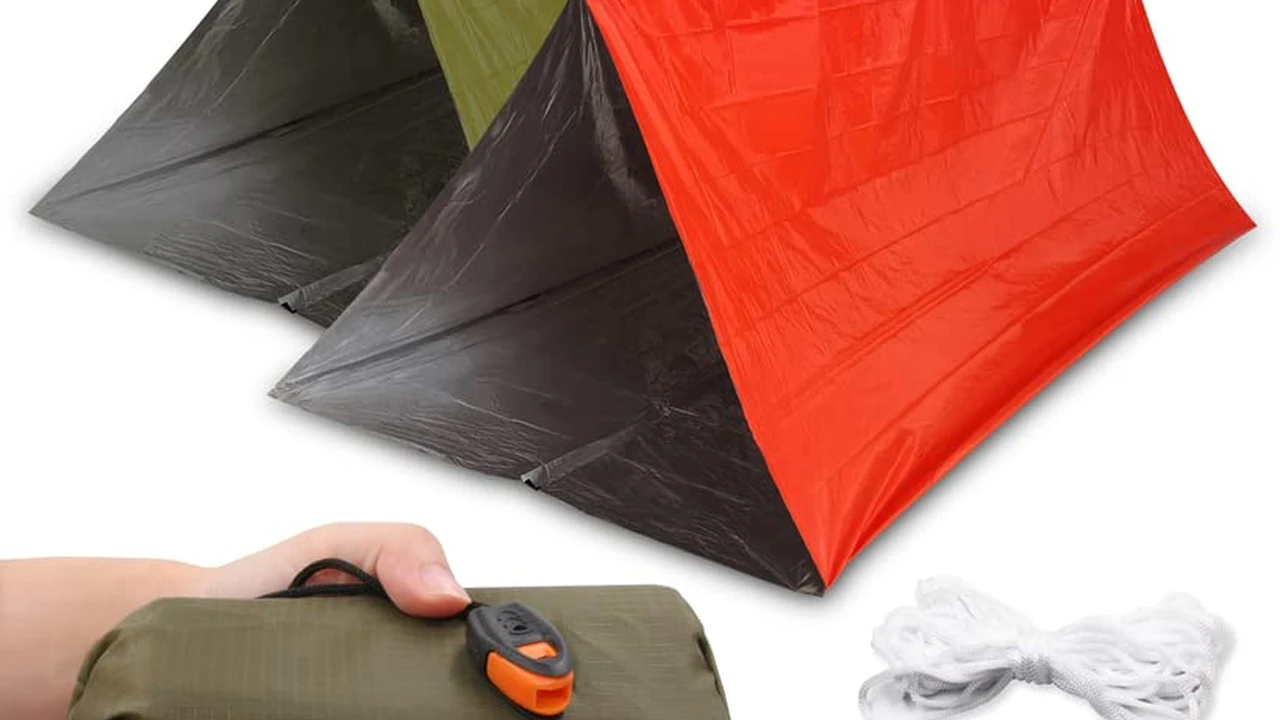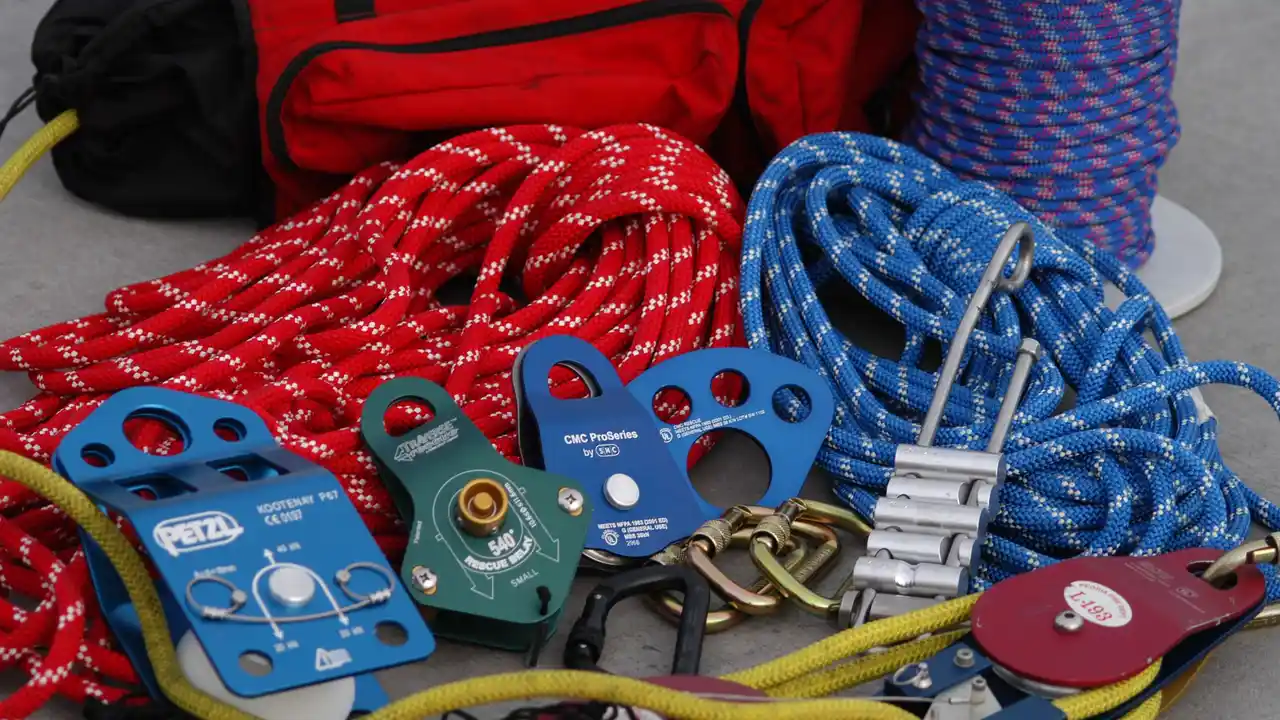3 Best Stand Up Paddleboards for Stability and Speed
Find the top 3 stand up paddleboards for stability and speed. Evaluate inflatable vs. rigid boards, size, and fin configurations for different uses.

Choosing Your Perfect SUP Stability and Speed
Hey there, fellow water enthusiasts! So, you're looking to dive into the awesome world of stand-up paddleboarding, or maybe you're ready to upgrade your current ride. The big questions on everyone's mind are usually about stability and speed. It's a bit of a balancing act, isn't it? You want something stable enough to feel confident on, but also zippy enough to make those long paddles enjoyable. We're going to break down the three best stand-up paddleboards that truly hit that sweet spot, offering a fantastic blend of both. We'll talk about inflatable versus rigid boards, how size plays a role, and what those fin configurations actually mean for your ride. Get ready to find your next favorite SUP!
Inflatable vs Rigid SUP Boards Understanding the Core Differences
First things first, let's tackle the age-old debate: inflatable (iSUPs) or rigid (hardboards)? Both have their merits, and your choice really depends on your lifestyle, storage space, and how you plan to use your board.
Inflatable SUPs Portability and Durability
Inflatable SUPs have absolutely revolutionized the paddleboarding scene. They're incredibly convenient, packing down into a backpack-sized bag that you can easily throw in your car trunk, check on a plane, or even carry on your back for a short hike to a secluded lake. Don't let the 'inflatable' part fool you; when properly inflated to 12-15 PSI (pounds per square inch), they become incredibly rigid and surprisingly stable. They're also super durable, often bouncing off rocks or docks without a scratch, unlike their rigid counterparts which can ding or crack.
Pros of Inflatable SUPs:
- Portability: Easy to transport and store.
- Durability: More resistant to dings and damage.
- Storage: Takes up minimal space when deflated.
- Softness: A bit softer underfoot, which can be more comfortable for longer paddles or yoga.
Cons of Inflatable SUPs:
- Inflation Time: Requires pumping up before use (though electric pumps help!).
- Performance: Generally a bit slower and less rigid than hardboards, especially in choppy water.
- Flex: Can have a slight 'flex' feeling, which some advanced paddlers dislike.
Rigid SUPs Performance and Glide
Rigid SUPs, often made from EPS foam core with fiberglass or carbon fiber layers, are the traditional choice. They offer superior glide and speed, cutting through the water with less drag. If you're into racing, surfing, or just want the absolute best performance on the water, a rigid board is usually the way to go. They're also more stable in choppy conditions because they don't flex with the waves as much as inflatables can.
Pros of Rigid SUPs:
- Performance: Faster and better glide.
- Stability: More stable in rougher water.
- Responsiveness: More direct feel and responsiveness.
- No Inflation: Always ready to go.
Cons of Rigid SUPs:
- Storage: Require significant storage space.
- Transport: Can be cumbersome to transport, often requiring roof racks.
- Durability: More prone to dings and damage from impacts.
- Cost: Often more expensive than comparable iSUPs.
SUP Board Size and Shape The Key to Stability and Speed
The dimensions of a SUP board – its length, width, and thickness – are crucial in determining its stability, speed, and maneuverability. It's a delicate dance between these factors.
Length Longer for Speed Shorter for Maneuverability
Generally, longer boards (12'6" to 14'+) are faster and track straighter, making them ideal for touring, racing, or long-distance paddling. They have more surface area in contact with the water, which reduces drag over distance. Shorter boards (under 10') are more maneuverable and easier to turn, perfect for surfing, yoga, or casual paddling in smaller bodies of water. Mid-range boards (10' to 12') offer a good balance for all-around use.
Width Wider for Stability Narrower for Speed
Width is probably the most significant factor for stability. Wider boards (32"+) are more stable, making them great for beginners, yoga, fishing, or paddling with kids/pets. They provide a larger platform to balance on. Narrower boards (28"-30") are faster because they reduce drag, but they require more balance and are generally preferred by experienced paddlers or racers.
Thickness Volume and Rider Weight
Thickness contributes to a board's volume, which dictates how much weight it can support and how high it rides on the water. Thicker boards (6" for iSUPs) offer more buoyancy and stability, especially for heavier paddlers, and keep your feet drier. Thinner boards (5" for iSUPs, or hardboards) sit lower in the water, which can sometimes feel more stable for experienced paddlers as they are closer to the water's surface, but they have less volume and are less forgiving for heavier riders.
Fin Configurations Understanding Their Impact on Tracking and Speed
Fins are like the rudder of your SUP; they help with tracking (going in a straight line) and stability. Different fin setups offer different performance characteristics.
Single Fin Setup Optimal for Tracking and Speed
A single large fin in the center is the most common setup for all-around and touring boards. It provides excellent tracking, helping you paddle in a straight line with fewer strokes, which is great for speed and efficiency on flat water. It's also very stable.
Thruster 2+1 Fin Setup Versatility and Maneuverability
This setup features a large center fin and two smaller side fins. It's popular on all-around and surf-oriented boards. The side fins add stability and improve maneuverability, especially in waves, allowing for quicker turns. It's a versatile setup that balances tracking with agility.
Quad Fin Setup Surfing and Agility
Four equally sized fins, two on each side, are typically found on surf SUPs. This setup provides excellent grip and drive in waves, allowing for powerful turns and speed down the line. It's not ideal for flatwater paddling as it creates more drag and reduces tracking.
Top 3 Stand Up Paddleboards for Stability and Speed Our Picks
Alright, let's get to the good stuff! Based on a blend of user reviews, expert opinions, and our own testing, here are three fantastic SUPs that excel in both stability and speed, catering to different needs and budgets.
1. The Red Paddle Co 11'0" Sport MSL Inflatable SUP The All-Round Performer
Overview: Red Paddle Co is a premium brand known for its innovative MSL (Monocoque Structural Laminate) technology, which makes their boards incredibly stiff and durable. The 11'0" Sport is designed for paddlers who want a step up from an all-around board, offering enhanced glide and speed without sacrificing too much stability. It's an inflatable, making it super portable.
Key Features:
- Length: 11'0" (335 cm) - Great for tracking and moderate speed.
- Width: 30" (76 cm) - A good balance of stability for most paddlers and efficiency for speed.
- Thickness: 4.7" (12 cm) - Provides good rigidity and buoyancy.
- Fin Setup: Single fin (removable FCS fin) - Excellent for straight-line paddling.
- Technology: MSL fusion composite and airtight coating - Ensures extreme stiffness and durability.
- Included: Titan II pump, ATB Transformer bag, repair kit, leash.
Why it's great for Stability and Speed: The 11'0" length combined with the 30" width hits a sweet spot for efficient paddling and confident standing. Red Paddle Co's MSL technology makes this iSUP feel remarkably like a hardboard in terms of stiffness, which translates directly to better glide and less energy wasted on flex. It tracks beautifully, meaning you spend less time correcting your direction and more time moving forward. It's stable enough for beginners to get comfortable quickly, but offers enough performance to keep intermediate and advanced paddlers engaged.
Ideal Use Case: Perfect for touring, fitness paddling, or anyone looking for an inflatable that performs close to a rigid board. Great for exploring lakes, calm rivers, and coastal waters. It's also a fantastic option for those with limited storage space or who travel frequently.
Price Range: Typically in the higher-end inflatable category, around $1,300 - $1,600 USD.
2. The BOTE Breeze Aero 11'6" Inflatable SUP The Versatile Cruiser
Overview: BOTE is renowned for blending innovative design with practical functionality, and the Breeze Aero is a prime example. This inflatable SUP is built for stability and ease of use, making it a fantastic choice for families, beginners, or anyone who wants a super stable platform for cruising, fishing, or even yoga. Despite its focus on stability, its length allows for decent speed on flat water.
Key Features:
- Length: 11'6" (350 cm) - Excellent for tracking and glide, especially for longer paddles.
- Width: 34" (86 cm) - Exceptionally wide, providing superior stability.
- Thickness: 6" (15 cm) - High volume for buoyancy and rigidity, supporting heavier paddlers.
- Fin Setup: Removable center fin with two fixed side fins (2+1 Thruster setup) - Offers a good balance of tracking and maneuverability.
- Technology: AeroBOTE construction - Military-grade PVC for extreme durability and rigidity.
- Included: Hand pump, travel bag, repair kit, paddle.
Why it's great for Stability and Speed: The 34-inch width is a game-changer for stability. You'll feel incredibly confident on this board, even if you're a complete novice or if the water gets a bit choppy. The 11'6" length ensures it still tracks well and maintains good forward momentum, preventing it from feeling sluggish despite its width. The 6-inch thickness adds to its rigidity and buoyancy, making it suitable for a wide range of paddlers and activities. It's not a racing board, but for comfortable cruising with good efficiency, it's hard to beat.
Ideal Use Case: Perfect for recreational paddling, family outings, SUP yoga, fishing, or anyone prioritizing maximum stability. Great for lakes, calm rivers, and protected bays. If you want a board that's forgiving and fun for everyone, this is a top contender.
Price Range: Mid-range inflatable, typically around $700 - $900 USD.
3. The Starboard Touring 12'6" x 29" Carbon Sandwich Hardboard The Performance Tourer
Overview: For those who demand the absolute best in performance, glide, and speed, a rigid touring board like the Starboard Touring is an unparalleled choice. Starboard is a leader in the SUP industry, known for its high-performance designs and quality construction. This board is built for efficiency and long-distance paddling, offering incredible glide with surprising stability for its narrower profile.
Key Features:
- Length: 12'6" (381 cm) - Optimized for speed and tracking on long distances.
- Width: 29" (74 cm) - Narrower profile for reduced drag and increased speed.
- Thickness: Varies by model, but typically around 6.5" - 7.5" (16.5 - 19 cm) - Ample volume for buoyancy and stability.
- Fin Setup: Single fin (often a race fin) - Maximizes straight-line tracking and efficiency.
- Technology: Carbon Sandwich construction - Lightweight, extremely stiff, and durable for top-tier performance.
- Features: Bungee tie-downs, comfortable deck pad, carry handle.
Why it's great for Stability and Speed: The 12'6" length is the sweet spot for touring and racing, providing exceptional glide per stroke. While 29" width might sound narrow, Starboard's shaping expertise ensures that the primary stability (initial feeling of steadiness) is surprisingly good for a performance board, and the secondary stability (how much it resists tipping once tilted) is excellent. The rigid carbon sandwich construction means zero flex, translating every ounce of your paddle stroke into forward motion. This board cuts through the water effortlessly, making long paddles feel less strenuous and much faster. It's a true joy to paddle if you're looking to cover distance efficiently.
Ideal Use Case: Best for experienced paddlers, fitness enthusiasts, long-distance touring, and recreational racing. If you have the storage space and transport capabilities, and you prioritize speed and glide above all else, this is your board. Great for open water, large lakes, and coastal paddling where you want to cover ground quickly.
Price Range: High-end rigid board, typically around $1,800 - $2,500+ USD, depending on construction and year.
Comparing the Top 3 SUPs Side-by-Side
Let's put these three fantastic boards head-to-head to help you visualize their differences and decide which one aligns best with your paddleboarding aspirations.
| Feature | Red Paddle Co 11'0" Sport | BOTE Breeze Aero 11'6" | Starboard Touring 12'6" x 29" |
|---|---|---|---|
| Type | Inflatable (iSUP) | Inflatable (iSUP) | Rigid (Hardboard) |
| Length | 11'0" | 11'6" | 12'6" |
| Width | 30" | 34" | 29" |
| Thickness | 4.7" | 6" | 6.5" - 7.5" |
| Stability (1-5, 5=most) | 4 | 5 | 3.5 (Excellent secondary) |
| Speed (1-5, 5=most) | 4 | 3 | 5 |
| Portability | Excellent | Excellent | Low |
| Durability | Excellent | Excellent | Good (prone to dings) |
| Ideal User | Intermediate, touring, fitness | Beginner, family, yoga, fishing | Experienced, touring, racing |
| Price Range (USD) | $1,300 - $1,600 | $700 - $900 | $1,800 - $2,500+ |
Additional Considerations for Your SUP Purchase
Beyond the board itself, there are a few other things to keep in mind when making your decision.
Paddle Quality It Matters More Than You Think
A good paddle can significantly enhance your paddling experience. Look for lightweight paddles made from carbon fiber or fiberglass. Adjustable paddles are great for sharing or if you're still figuring out your ideal length. A quality paddle reduces fatigue and improves your stroke efficiency, directly impacting your speed and enjoyment.
Leash Safety First Always
Always, always, always use a leash! It keeps you connected to your board, which acts as a large flotation device. Ankle leashes are common for flat water, while coiled leashes are often preferred for rivers to avoid snagging. Surf leashes are designed for waves.
PFD Personal Flotation Device
Most regions require you to have a PFD (life vest) on board, and wearing it is always a good idea, especially if you're not a strong swimmer or are in unfamiliar waters. There are comfortable, low-profile options available specifically for paddleboarding.
Storage and Transport Solutions
If you opt for a rigid board, consider how you'll store it (garage, shed, dedicated rack) and transport it (roof racks, truck bed extenders). For inflatables, while they pack down, an electric pump can save you a lot of effort and get you on the water faster.
Local Conditions and Usage
Think about where you'll be paddling most often. Are you on calm lakes, slow rivers, or the open ocean with waves and wind? Your typical paddling environment should heavily influence your board choice. If you're mostly cruising with friends and family, stability will be key. If you're aiming for long-distance adventures or fitness, speed and glide will be more important.
Ultimately, the 'best' SUP is the one that fits your personal needs, skill level, and paddling goals. All three of these boards offer an excellent blend of stability and speed within their respective categories, ensuring you'll have a fantastic time out on the water. Happy paddling!
:max_bytes(150000):strip_icc()/277019-baked-pork-chops-with-cream-of-mushroom-soup-DDMFS-beauty-4x3-BG-7505-5762b731cf30447d9cbbbbbf387beafa.jpg)






